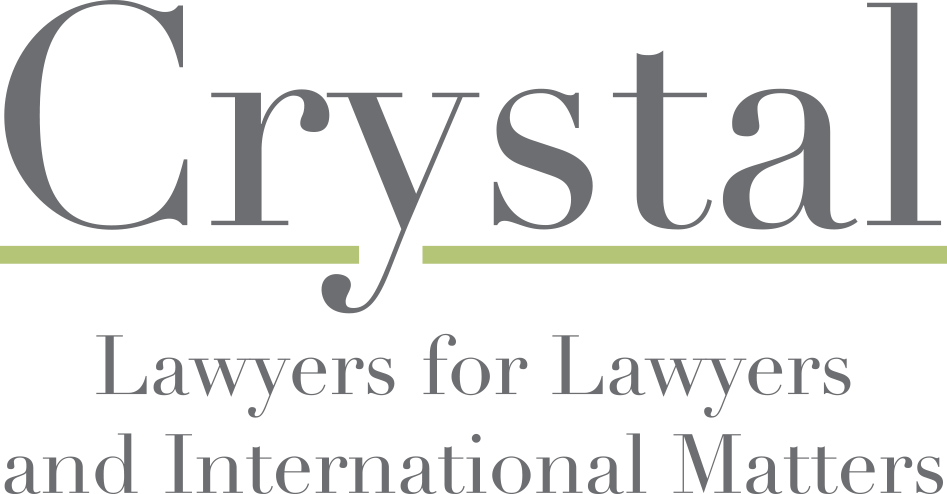What effect does a client’s failure to pursue an appeal in an underlying action have on his or her ability to maintain a legal malpractice lawsuit?
In Grace v. Law, 2014 WL 5325363 (N.Y. Oct. 21, 2014) the New York Court of Appeals decided an important issue of first impression: “What effect does a client’s failure to pursue an appeal in an underlying action have on his or her ability to maintain a legal malpractice lawsuit?” The Court held that “the failure to appeal bars the legal malpractice action only where the client was likely to have succeeded on appeal in the underlying action.”
John W. Grace lost the sight from his right eye following negligent treatment by a doctor working for Veteran’s Administration (“VA”). He initially retained Robert L. Brenna Jr. and Brenna Brenna & Boyce and then also Michael R. Law and Phillips Lytle LLP to bring an administrative proceeding against the VA and the doctor for medical malpractice. The procedure posture is quite complicated but enough to say that in November 2010, the district judge granted summary judgment for the defendants because – among other reasons – at least some the claims were time-barred. Following the advice of his counsel, Grace discontinued the other claims.
Plaintiff did not appeal the negative decision and then sued the two law firms that had represented him. The defendants argued that “plaintiff was estopped from commencing this action because he failed to appeal the underlying action.” Both the Supreme Court and the Appellate Division, in various ways, rejected the defendants’ theory that there would be a “per se rule that failure to appeal in an underlying action bars a legal malpractice claim.” The defendants appealed.
In front of the New York Court of Appeals the “Defendants contend[ed] that a plaintiff forfeits his or her opportunity to commence a legal malpractice action when he or she fails to pursue a nonfrivolous or meritorious appeal that a reasonable lawyer would pursue”, while the “plaintiff urge[d] … [the Court] to adopt a ‘likely to succeed’ standard.”
The Court referred to several cases around the country in which courts have applied the “likely to succeed” standard and by this they have “analyze[d] whether a client can commence a legal malpractice action without taking an appeal in the underlying action based upon the likelihood of success on that underlying appeal”. Without hesitation the Court of Appeals adopted the “likely to succeed” standard: “prior to commencing a legal malpractice action, a party who is likely to succeed on appeal of the underlying action should be required to press an appeal.”
The Court found that this standard is:
“the most efficient and fair for all parties. This standard will obviate premature legal malpractice actions by allowing the appellate courts to correct any trial court error and allow attorneys to avoid unnecessary malpractice lawsuits by being given the opportunity to rectify their clients’ unfavorable result. Contrary to defendants’ assertion that this standard will require courts to speculate on the success of an appeal, courts engage in this type of analysis when deciding legal malpractice actions generally.”
Read the full decision here.
For more information contact Nathan M. Crystal.
